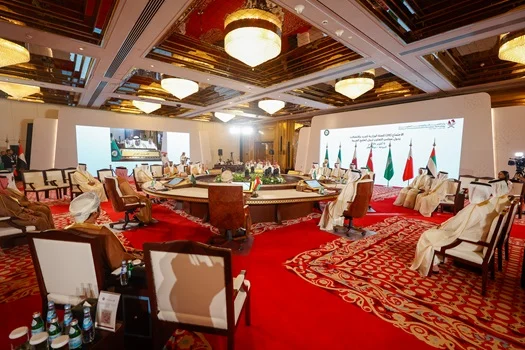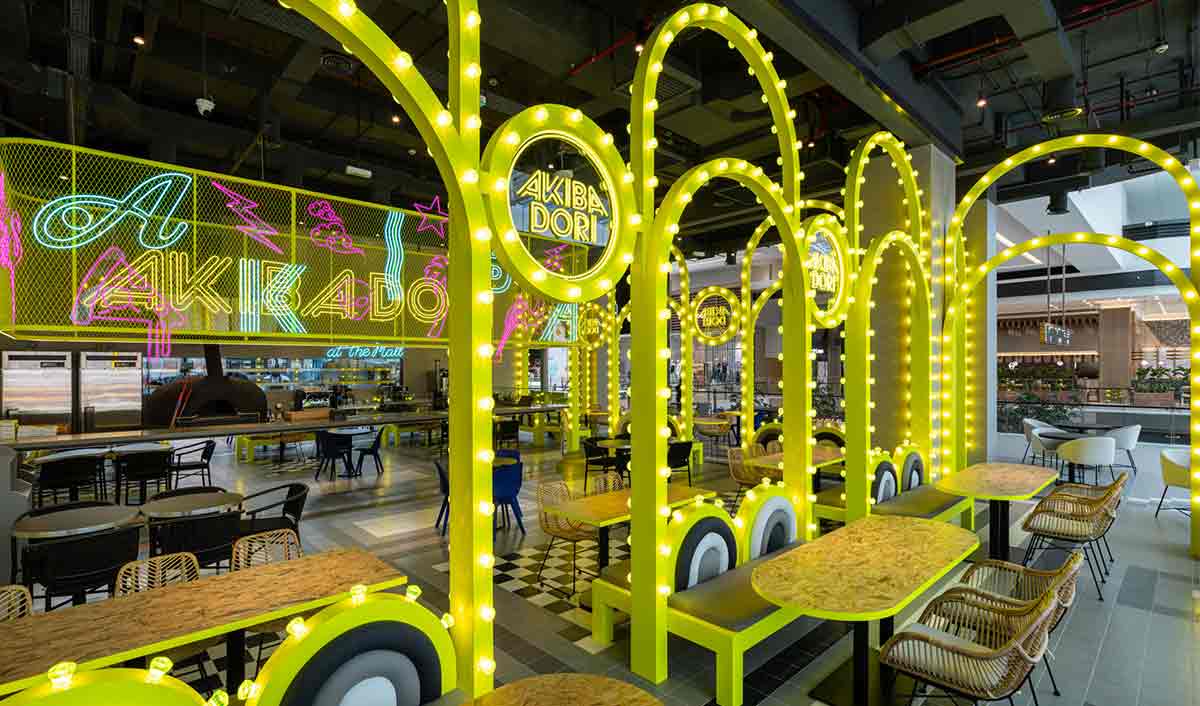The Gulf Nations restaurant boom is changing the face of the food and hospitality sector. From Saudi Arabia to the United Arab Emirates, the region is witnessing fast-paced growth in its food service industry. By 2026, experts predict the restaurant industry in the Gulf will be worth a staggering $100 billion.
This dramatic rise reflects growing population demands, changing consumer behavior, and a significant rise in tourism. These developments are creating huge opportunities for entrepreneurs, investors, and international brands.
A Growing Appetite for Dining Out

The Gulf Nations restaurant boom can be attributed to several important factors. One of the biggest is the shift in lifestyle across countries like the UAE, Saudi Arabia, Qatar, Bahrain, Kuwait, and Oman. As more people move to urban centers and adopt modern habits, eating out has become not just a treat, but a daily routine.
Young professionals, families, and tourists are all contributing to this change. Restaurants, cafes, cloud kitchens, and quick-service outlets are growing rapidly to meet these evolving demands.
According to recent studies, around 60% of Gulf residents now prefer dining out at least twice a week. This habit has made the restaurant sector one of the most profitable non-oil industries in the region.
Tourism Fuels the Fire
Tourism is another strong reason behind the Gulf Nations restaurant boom. Countries like the UAE and Saudi Arabia have invested billions into attracting global tourists. Events like Expo 2020 in Dubai and the upcoming Saudi Vision 2030 initiatives are drawing international visitors in huge numbers.
When tourists arrive, they look for unique food experiences. From fine-dining restaurants to traditional Gulf cuisines and street food, the hospitality industry is ready to serve every taste. As a result, more restaurants are opening in popular areas, hotels, and shopping malls.
In Dubai alone, over 13,000 restaurants and cafes operate to serve both locals and visitors. Saudi Arabia, too, is catching up quickly with new restaurant chains popping up across major cities like Riyadh and Jeddah.
Government Support and Vision 2030
One major driver behind the Gulf Nations restaurant boom is strong government support. Many Gulf countries are making significant changes to reduce their reliance on oil exports. They are encouraging investments in tourism, hospitality, and food services as part of their national economic plans.
Saudi Arabia’s Vision 2030 is a perfect example. This ambitious plan includes developing entertainment hubs, lifestyle destinations, and local cuisine brands. Similarly, the UAE is supporting homegrown F&B startups, which has helped create a strong base for innovation in the industry.
Governments are also easing licensing rules and encouraging foreign investment. These changes are encouraging international restaurant chains and chefs to enter Gulf markets with confidence.
International Brands Rushing In
The growing size of the market is attracting global players. Brands like McDonald’s, KFC, and Starbucks already have a strong presence. However, newer entrants like Shake Shack, Five Guys, and Nobu are expanding aggressively. Many luxury restaurants from Europe and the US are setting up in the Gulf to take advantage of the region’s booming high-income customer base.
International chefs and celebrity food brands are also entering the market, aiming to cater to the Gulf’s diverse and affluent population. This trend is helping the region gain global recognition as a fine-dining destination.
Tech and Delivery Are Changing the Game
Technology is playing a huge role in the Gulf Nations restaurant boom. With the rise of online ordering apps and food delivery platforms like Talabat, Deliveroo, and Zomato, customers are enjoying convenience like never before.
Cloud kitchens — also known as ghost kitchens — are growing rapidly across the region. These are kitchens without dine-in facilities, focusing only on online orders. This model is helping startups enter the market with lower costs and faster setup.
Digital payments, online reservations, loyalty programs, and AI-driven food recommendations are becoming standard practices. All of this is making the industry more efficient and customer-focused.
Employment and Entrepreneurship Opportunities

The Gulf Nations restaurant boom is also creating jobs and boosting entrepreneurship. Thousands of jobs in kitchens, service, management, and delivery are being created. In fact, many young Gulf nationals are now choosing hospitality as a career path.
The ease of starting food businesses, especially cloud kitchens or food trucks, is giving rise to local food entrepreneurs. Many are introducing creative menus, fusion dishes, and innovative dining experiences. Social media marketing has made it easier than ever for new players to gain popularity.
Challenges in the Industry
Despite its strong growth, the restaurant sector in the Gulf is facing some challenges. Competition is intense, and profit margins can be tight, especially for small businesses. Rising food prices and the need for high-quality staff are ongoing issues.
Moreover, customer expectations are changing fast. Restaurants must provide not just great food, but also memorable experiences, fast service, and modern digital tools to remain successful.
Still, the overall outlook remains very positive. With proper planning, innovation, and customer engagement, both new and established businesses can succeed.
A Look Ahead: What to Expect by 2026
By 2026, the Gulf Nations restaurant boom is expected to hit the $100 billion mark. This growth will likely come from a mix of fine-dining expansion, fast food popularity, and delivery models.
Saudi Arabia is expected to show the fastest growth, with its large population and national transformation projects. The UAE will continue to lead in innovation, luxury dining, and tourism-driven restaurants. Other Gulf countries like Qatar and Kuwait will also grow steadily as they focus on high-end and culturally rooted dining options.
Investment opportunities will grow across all parts of the value chain — from restaurant technology and logistics to training and local sourcing.
Also Read – Rising Restaurant Prices in the Gulf Spark Public Concern in 2025



